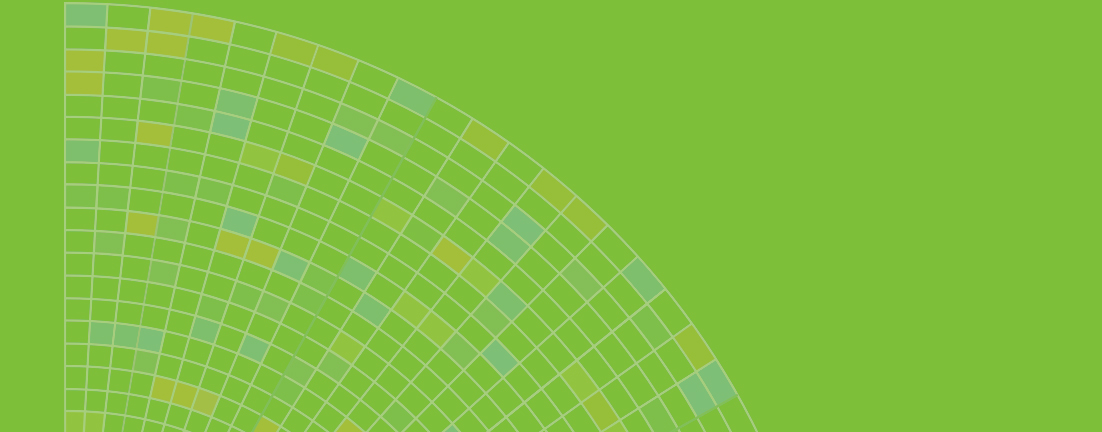
So, I just finished the TC15 conference, and I’m on high. My brain is engaged; I’m inspired. Sleep has been difficult all week. And on Wednesday, after two nights out in a row, I thought I would sleep and sleep well.
My brain had different intentions. Inspiration flying around, I had to get up and re-engineer some data into a Tableau-ready format, which I will unveil in due time. I’m just getting started.
After the conference, on Thursday, I again stayed up late, continuing my new inspiration (as well as catching up with the rest of the world).
And this morning, between all that I learnt and all that my wife learnt in with books and Netflix while I was out, we had inspired conversations about externalities, public versus private prisons, and the nature of capitalism.
Set against the backdrop of the Las Vegas Strip, the bastion of capitalism at its supposed finest (this is what we’re all aspiring toward, right American Dream?), I realised something in our conversation. It’s this:
Capitalism does its magic at the individual level. Everything out there [pointing to the Strip] is the product of the individual supposedly acting in their individual best interests.
But isn’t there something more, something better?
Using tools like Tableau, and actual data, viz analysts can tell you if one department is trying to save itself 10% in profit at the expense of four other departments. All that would take is the numbers.
And again, with a tool like this, we could show in the aggregate that a low-volume, $1M division saving 10% ($100,000) costing other medium- to high-volume divisions even 2% could, and would likely be a net loss.
To that $1M division/individual/any-entity-in-question-versus-an-ecosystem-of-entities, the supposed ‘bottom line’ looks great. But the externalities of service, mission, goals, or just simply other entities’ profits may net us less.
Conceptually, this fits well in the sustainability framework. It also fits really, really well in popular religious contexts:
Christianity is concerned about being brotherly, about giving, about not necessarily concerning one’s self with the individual benefit. I think this is why.
Buddhism (especially Zen) talks about the paradox of meditation in this way:
If you don’t have 20 minutes a day to meditate, meditate an hour a day.
For us, in our busy Western lives, these make no sense. They go afoul of our modern day sensibilities. But all our keynote speakers at the conference didn’t talk about profitability or about how we can squeeze the last profit out of a division. They talked about solving problems, usually socia l or environmental. They talked about changing our mindset. They talked about Braining on High, which is exactly what I’ve been doing all week.
l or environmental. They talked about changing our mindset. They talked about Braining on High, which is exactly what I’ve been doing all week.
Daniel Pink discussed the possibilities and benefits of taking the hierarchy and drudgery out of management. About motivating people through autonomy. About taking time for yourself at the end of the day to recognise your accomplishments so you feel good about your day.
Hannah Fry used  mathematical models in one area of social science (where do murders happen in relationship to the murderer) to solve mosquito-vector problems (where’s the stagnant pool of water likely to be?).
mathematical models in one area of social science (where do murders happen in relationship to the murderer) to solve mosquito-vector problems (where’s the stagnant pool of water likely to be?).
Neil deGrasse Tyson talked about cherry-picking facts to fit within your narrative. He did it by pointing out science flaws in modern movies. Loosely quoted:
 “If you’re watching a period piece from the 1890s and someone walks out of a car in a tye-dyed outfit, you’d fire the costume designer. Why is that more important than getting the science right?…Sandra Bullock could have saved Clooney’s character [in Gravity] simply by giving the cord he was on a slight tug. WTF?”
“If you’re watching a period piece from the 1890s and someone walks out of a car in a tye-dyed outfit, you’d fire the costume designer. Why is that more important than getting the science right?…Sandra Bullock could have saved Clooney’s character [in Gravity] simply by giving the cord he was on a slight tug. WTF?”
He also expertly addressed the individuality problem I discovered above: he was very cognizant of the impact of policy on people, on education, and on how our society operates. The tyranny of the individual in our representative democracy (especially with cherry-pickers of data) was something he was very vocal about. And why shouldn’t he be? We have the data, the tools, and the ability to really look at the world in a data-driven way. And with a little policy, we can direct the randomness of that individual decision-making into beautiful, resilient social/economic structures that benefit people instead of tear them down.
Ken Robinson continued the dialogue about institutions and working together. He reinforced Pink’s thread about motivation. He also talked about how the externalities I mentioned above  have little bearing on the Earth. They have bearing on our abilities to inhabit it. He also said a lot of quippy, funny things in a very British way, which tickled me.
have little bearing on the Earth. They have bearing on our abilities to inhabit it. He also said a lot of quippy, funny things in a very British way, which tickled me.
Tableau and data give us the tools to literally connect the dots. This cross-disciplinary thinking, which I’ve been a fan of since high school—where it was introduced to me, and reinforced throughout my education— combined with the tools to meld multiple datasets together; to apply murder vector modelling to mosquitos; to recognise that division A’s savings of $100,000 is costing the whole organisation $2M—these get us out of the miserly, individualistic mindset that capitalism adores. It allows us to meld the concepts of sustainability, of social justice, and of purpose into our daily lives and daily work.
Attaching work to purpose, according to Pink, is motivational to our work. It makes us engaged. It makes us do better. The tools under my fingertips allow me to live my dream of working toward a common goal of good. Robinson said we’re in the midst of a revolution. And 10,000 supposed data geeks— from all over the world, from all walks of life, and of both genders— agreed. We’re on the front edge of it. But things are going to change.
I’m not working for Division A to save $100,000. And whenever I’m in that situation, I’m demotivated. I’m a big-picture thinker who can do microcosmic things down to the datum. All the work I do is connected to the whole. And that’s not to just Division B, C, and D’s profits, that’s to the ecosystem entirely. Without ecology, you have no society. And without society, you have no economy. That hierarchy is the only one that needs to be respected.
I’m working toward building more Portland-type places: clean water; a vibrant community; quality over cost-futzing; efficient use of resources.
All in all, it’s pretty much love.
Thanks TC15 for connecting me to that. And thank you to my wife for coming to this conference with me to ignite my brain even further.
Here’s an example of my inspiration. In a few minutes, I put this fictional case together.

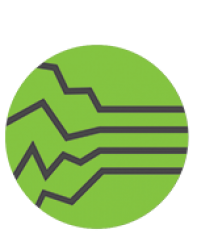


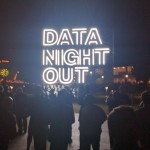
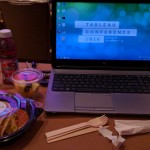
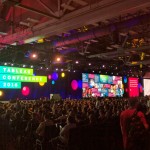
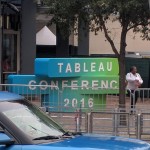
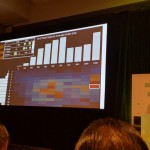
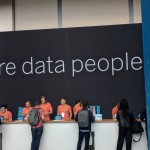

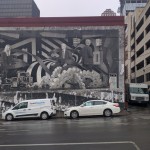


 l or environmental. They talked about changing our mindset. They talked about Braining on High, which is exactly what I’ve been doing all week.
l or environmental. They talked about changing our mindset. They talked about Braining on High, which is exactly what I’ve been doing all week. mathematical models in one area of social science (where do murders happen in relationship to the murderer) to solve mosquito-vector problems (where’s the stagnant pool of water likely to be?).
mathematical models in one area of social science (where do murders happen in relationship to the murderer) to solve mosquito-vector problems (where’s the stagnant pool of water likely to be?). “If you’re watching a period piece from the 1890s and someone walks out of a car in a tye-dyed outfit, you’d fire the costume designer. Why is that more important than getting the science right?…Sandra Bullock could have saved Clooney’s character [in Gravity] simply by giving the cord he was on a slight tug. WTF?”
“If you’re watching a period piece from the 1890s and someone walks out of a car in a tye-dyed outfit, you’d fire the costume designer. Why is that more important than getting the science right?…Sandra Bullock could have saved Clooney’s character [in Gravity] simply by giving the cord he was on a slight tug. WTF?”
![information_items_3172[1]](http://http://khonms-001-site8.atempurl.com/wp-content/uploads/2015/07/information_items_31721-300x199.jpg)
